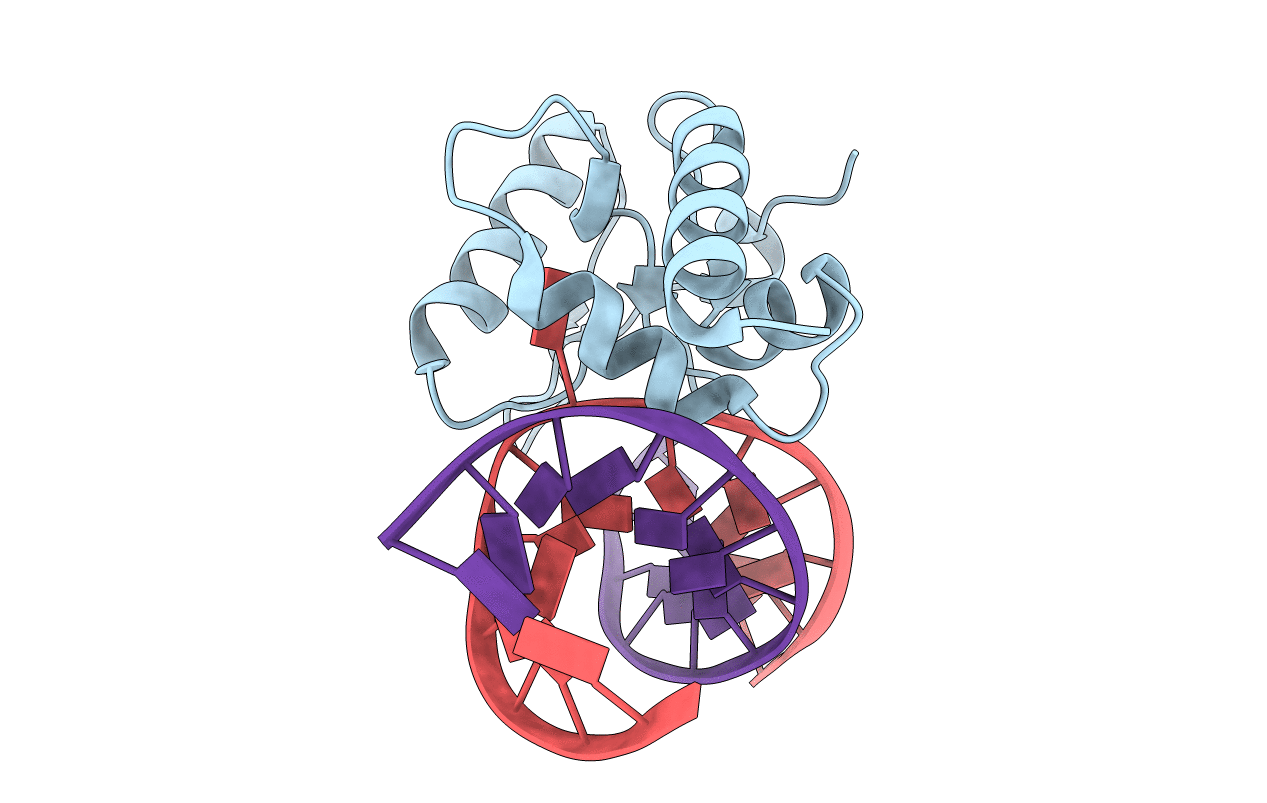
Deposition Date
2012-10-02
Release Date
2012-12-26
Last Version Date
2023-09-20
Entry Detail
PDB ID:
4HDU
Keywords:
Title:
Crystal structure of S. pombe ATL1 in complex with damaged DNA containing 2-aminopurine
Biological Source:
Source Organism:
Schizosaccharomyces pombe (Taxon ID: 4896)
Host Organism:
Method Details:
Experimental Method:
Resolution:
2.85 Å
R-Value Free:
0.26
R-Value Work:
0.21
R-Value Observed:
0.21
Space Group:
P 61 2 2


